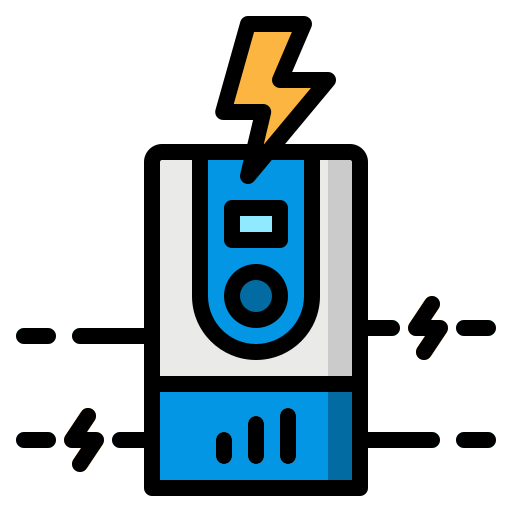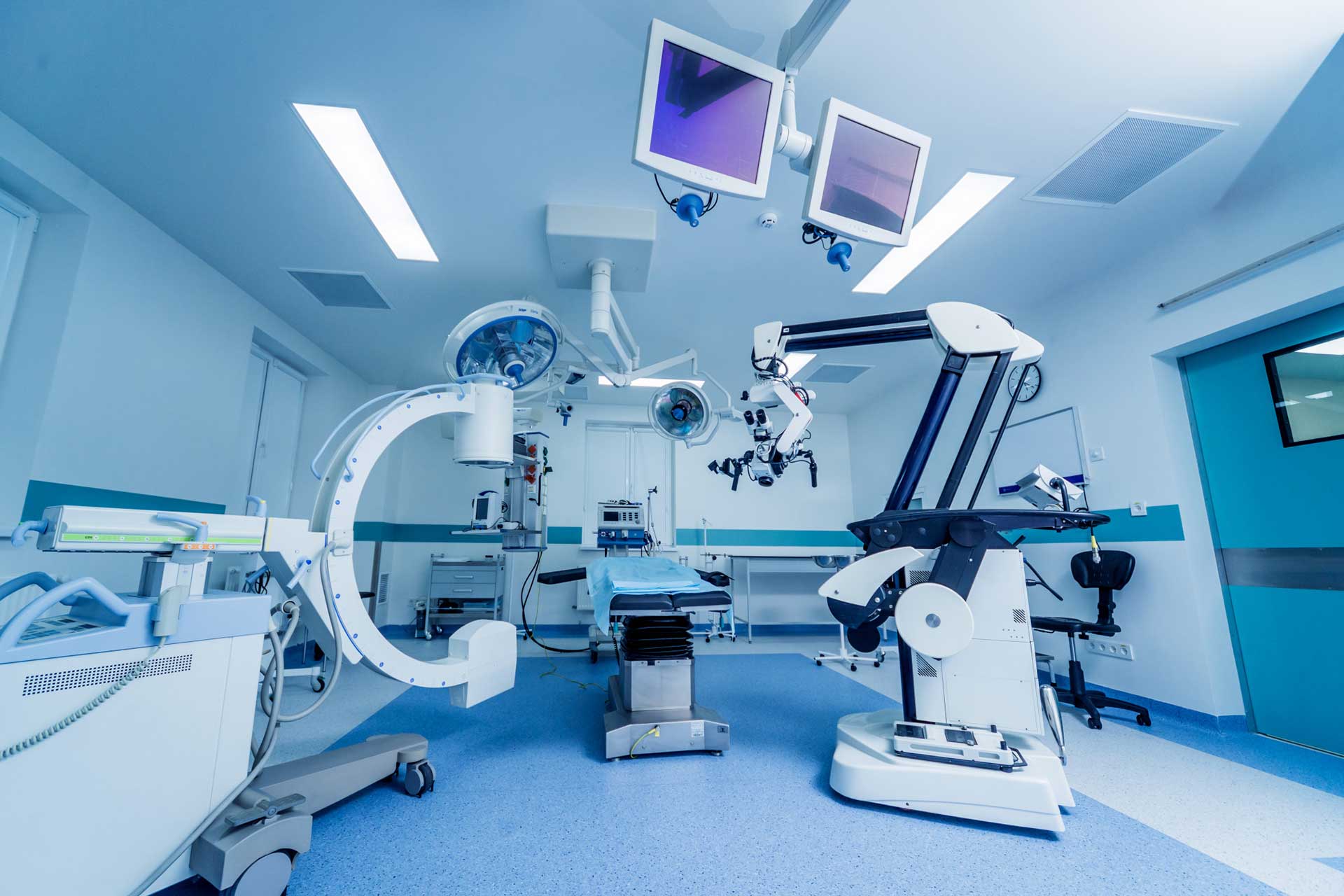Hospitals are the core of community response in an emergency. Hospitals have a complex infrastructure that requires a constant power supply to maintain life-saving daily operations. The interruption or loss of electric power does not only cause mere inconvenience but can result in a tragic event.

The importance of UPS in hospitals
Patients who depend on the proper operation of hospital equipment to sustain essential functions are at direct risk in the event of a power outage. Therefore with the right UPS solution, machines such as ventilators which only have a 90-minute backup battery can continue to operate.
Other equipment which may not be linked directly to a patient’s life but are extremely essential to their safety such as temperature control system and sterilization facilities, can continue to run in the absence of electricity.
Throughout hospital facilities, medical staff must monitor patients and maintain friction-less communication. In the event of a power outage, a suitable UPS solution can support these services better than costly and outdated back-up generators.
Important functions are placed in jeopardy during any momentary lapse in electrical power, including the loss of critical patient data, emergency lighting, exit signs, and security systems. A UPS solution suited to the demands of a hospital can ensure that power outages do not affect the performance of an entire hospital facility.

Isolated Power Systems (IPS)
As technology progresses, medical facilities rely more heavily on advanced electrical equipment for critical patient care. Special protection against electric shock is required to be installed in:
• Intensive care units (ICUs)
• Coronary care units (CCUs)
• Emergency departments
• Special procedure rooms
• Cardiovascular laboratories
• Dialysis units
• Various wet locations
Isolated power systems are the preferred method of achieving this protection where power interruption cannot be tolerated. These systems for healthcare are designed to protect patients and personnel from electric shock in critical care areas, maintain the continuity of power in the event of a first line-to-ground fault, and continuously monitor the cumulative hazard current from all connected equipment.
Isolated power solutions offer wide-ranging benefits, including reducing electrical shock risk, reinforcing energy availability, and supporting operational efficiency.
Installing an isolated power system reduces the possibility of electrical shock for both patients and caregivers. It maintains power continuity for life support equipment and give advance warning of potential equipment failure.
Conclusion
Ideally, power outage should never occur in the hospitals. Unfortunately, it happens and in the event of a power outage, a reliable power system can protect patients, staff, and data alike to maintain a hospital’s high efficiency and critical functions running without interruption.





